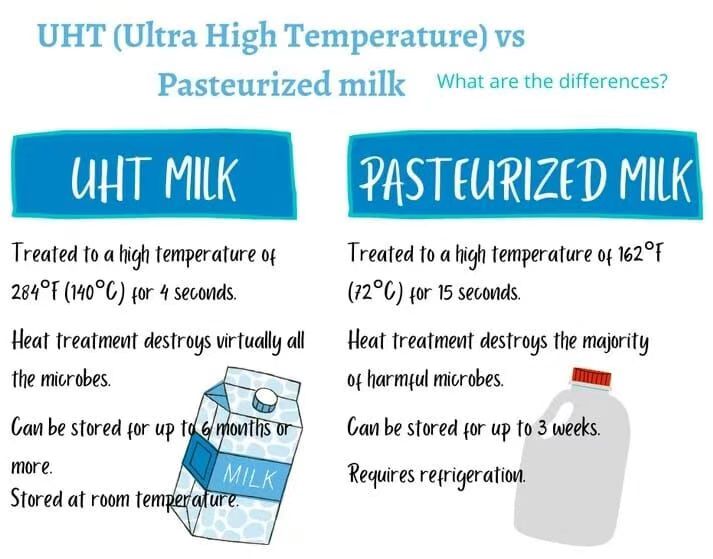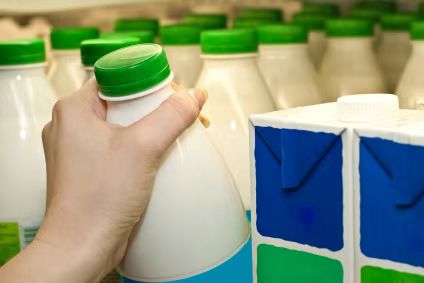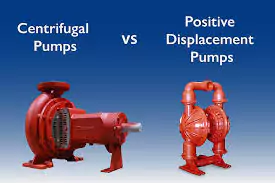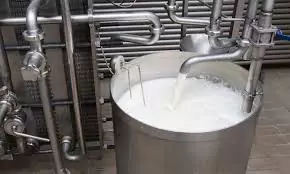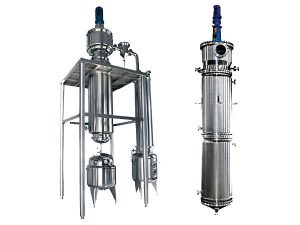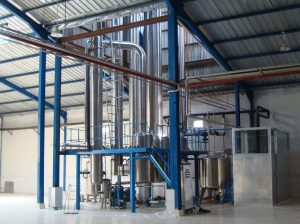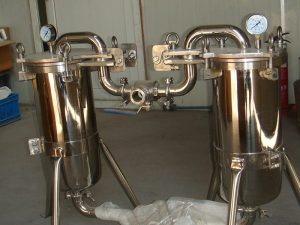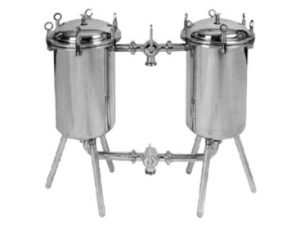Table of Contents
ToggleIntroduction
The Importance of Heat Treatment in Food Safety
Ensuring the safety and longevity of food products is paramount in the food industry. Heat treatment processes are fundamental in achieving this goal by eliminating harmful microorganisms that can cause foodborne illnesses.
Pasteurization and Sterilization: 2 Common Heat Treatment Methods
Among the various heat treatment techniques, pasteurization and sterilization are the most widely employed. Both methods aim to enhance food safety and extend shelf life, but they differ significantly in their processes and outcomes.
In this article, we delve into the 8 key differences between pasteurization and sterilization, providing clarity to help you make informed decisions in food processing and safety.
Sterilization vs Pasteurization: 8 Key Differences
| Aspect | Pasteurization | Sterilization |
|---|---|---|
| Inventor | Louis Pasteur (19th century) | Nicolas Appert (early 19th century) |
| Applicable Food | Milk, juices, beer, eggs, dairy, ice cream base, fresh cheese | Canned vegetables, meats, soups, baby food, UHT milk |
| Processing Temperature | 60°C to 85°C (below 100°C) | Above 100°C, usually around 121°C |
| Completely Sterilized? | No – reduces pathogens but doesn’t kill all | Yes – kills all microorganisms, including spores |
| Working Principle | Uses mild heat to kill pathogens and slow spoilage | Uses high heat to destroy all microorganisms |
| Food Safety | Safer than raw but not sterile; needs cold storage | Very safe; no refrigeration needed |
| Storage Method | Requires refrigeration | Can be stored at room temperature |
| Required Equipment | Pasteurization vats, plate/tubular heat exchangers | Autoclaves, retorts, UHT systems, sterilization chambers |
Inventor
-
Pasteurization: Developed by French scientist Louis Pasteur in the 19th century, this method was initially used to prevent wine and beer from souring.
-
Sterilization: Pioneered by Nicolas Appert, a French confectioner, in the early 19th century. He introduced the concept of preserving food by sealing it in airtight containers and applying heat.
Applicable Food
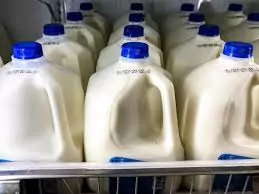
-
Pasteurization: Commonly applied to milk, fruit juices, beer, eggs, and dairy products. It’s also used for some solid foods like fresh cheeses and ice cream bases.
-
Sterilization: Utilized for canned vegetables, meats, soups, baby foods, and UHT milk. It’s suitable for products requiring long shelf life without refrigeration.
Processing Temperature
-
Pasteurization: Involves heating food to temperatures below 100°C, typically between 60°C to 85°C, depending on the product and desired shelf life.
-
Sterilization: Requires higher temperatures, usually above 100°C, commonly at 121°C, to ensure the destruction of all microorganisms, including spores.
Is It Completely Sterilized?
-
Pasteurization: No. It reduces the number of viable pathogens but doesn’t eliminate all microorganisms. Therefore, pasteurized products often require refrigeration.
-
Sterilization: Yes. It aims to eliminate all forms of microbial life, resulting in a product that can be stored at room temperature for extended periods.
Working Principle
-
Pasteurization: Employs mild heat to inactivate pathogenic microorganisms and enzymes that cause spoilage, without significantly altering the food’s sensory qualities.
-
Sterilization: Uses intense heat to destroy all microorganisms, including heat-resistant spores, ensuring complete sterility of the product.
Food Safety
-
Pasteurization: Enhances safety by reducing harmful pathogens but doesn’t guarantee complete sterility. Proper storage conditions are essential to prevent spoilage.
-
Sterilization: Provides a higher level of safety by completely eliminating microorganisms, making it ideal for products requiring long-term storage without refrigeration.
Storage Method
-
Pasteurization: Products typically require refrigeration to maintain safety and quality due to the presence of surviving microorganisms.
-
Sterilization: Products can be stored at ambient temperatures for extended periods, thanks to the complete destruction of microorganisms.
Required Equipment
-
Pasteurization: Utilizes equipment like pasteurization vats, plate heat exchangers, and tubular heat exchangers.
-
Sterilization: Employs autoclaves, retorts, UHT processing units, and sterilization chambers capable of achieving and maintaining high temperatures and pressures.
Conclusion
Understanding the distinctions between pasteurization and sterilization is crucial in the realm of food safety and preservation. While both methods serve to protect consumers by reducing or eliminating harmful microorganisms, their applications, processes, and outcomes differ significantly.
-
Pasteurization: Ideal for products where maintaining sensory qualities is important, albeit with a shorter shelf life and the need for refrigeration.
-
Sterilization: Suitable for products requiring long-term storage without refrigeration, ensuring complete microbial elimination but potentially affecting the food’s sensory attributes.
By comprehending these differences, food processors and consumers can make informed choices to ensure safety, quality, and convenience in food consumption.

